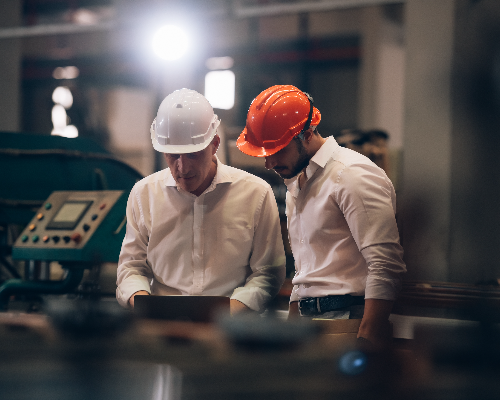
Variable-Speed Vs. Fixed-Speed Air Compressors
December 27, 2023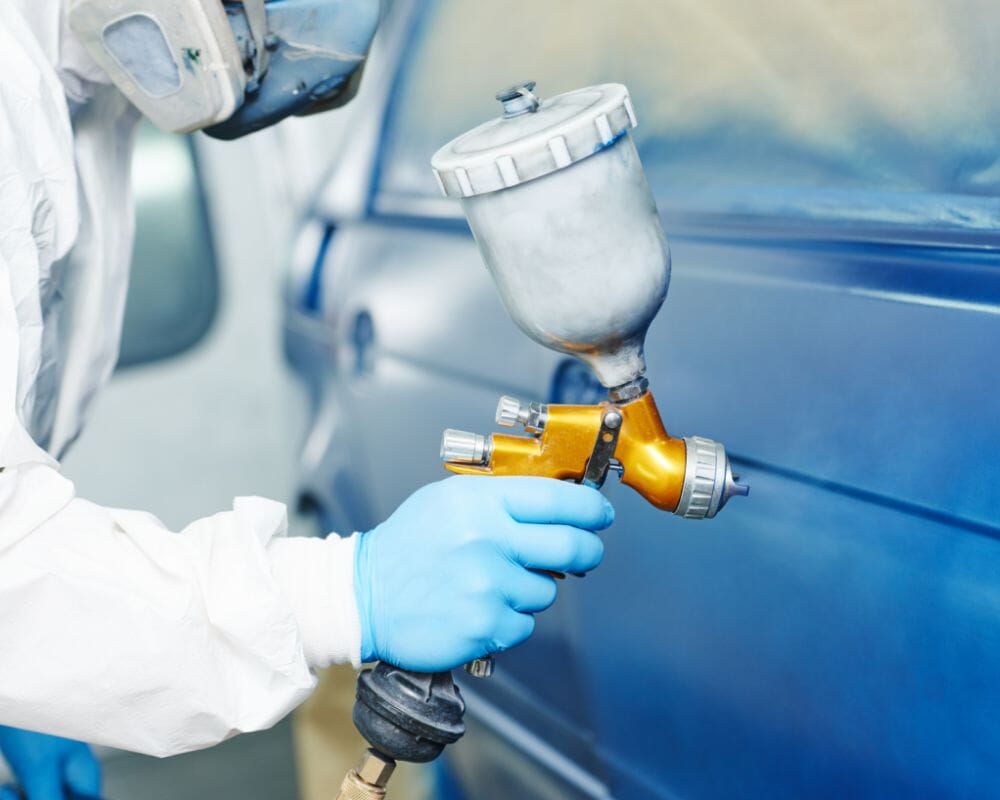
What Size Compressor Do I Need To Paint A Car?
January 3, 2024How Industrial Air Compressors Improve Laser Cutting Performance
Kaishan USA | January 03, 2024 | Uncategorized
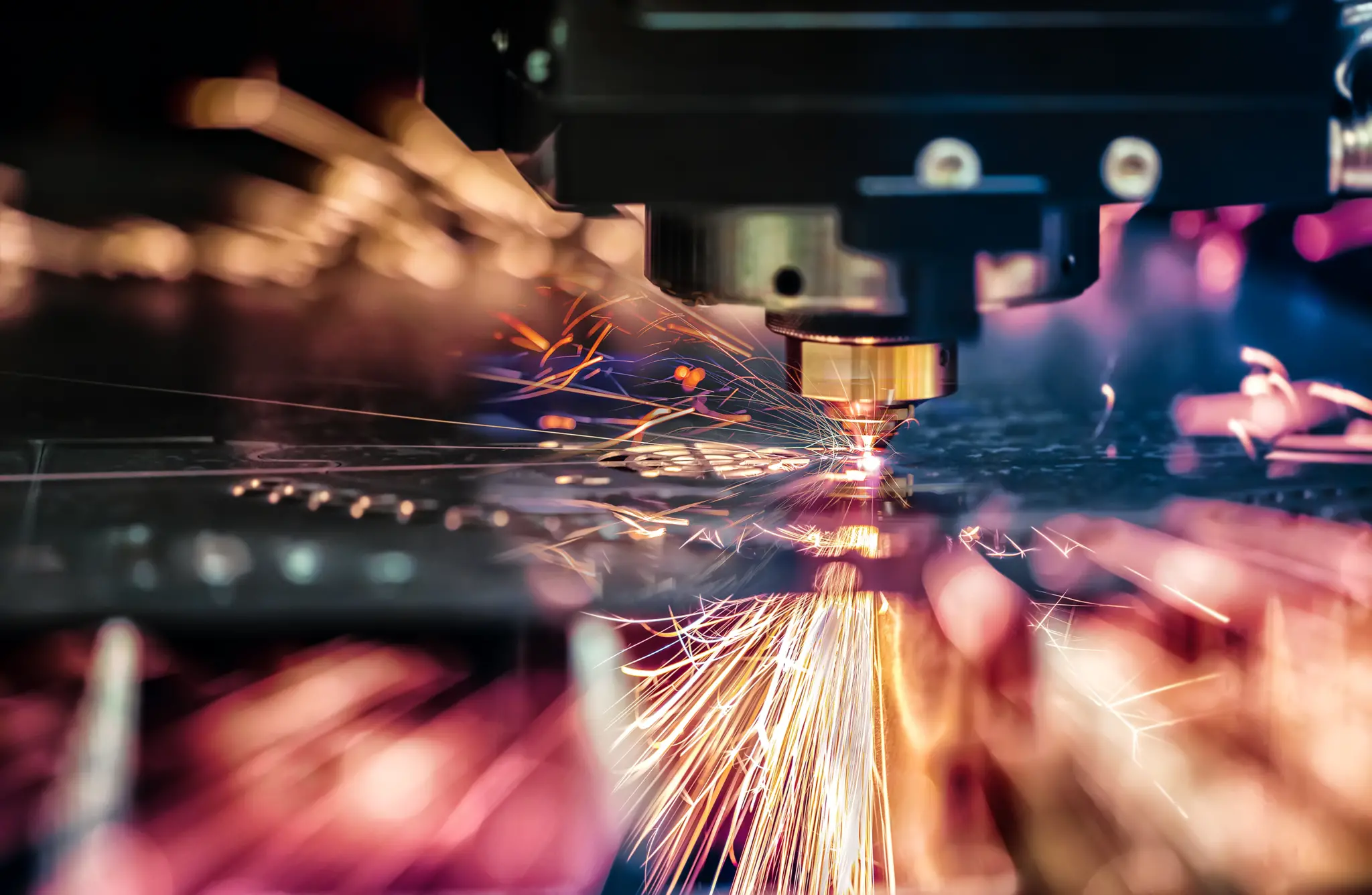
A CNC laser-cutting operation relies on compressed air to remove smoke and cutting debris from the laser beam’s path or the operator’s sight line.
Industrial air compressors and compressed air systems are a true fourth utility in the wide variety of shops that fashion materials like metal, plastics and wood with laser-cutting equipment. They join water, electricity and natural gas in providing essential services to these operations.
On the one hand, industrial air compressors supply the compressed air that drives the pneumatics used to handle, position and even shape workpieces in the facility. It is also used to cool the laser optics and in general cleaning operations.
However, the most significant use of compressed air in laser cutting is supplying the cutting gases that remove smoke and debris from the laser beam’s path or the operator’s sight line.
Many operations use nitrogen or oxygen, but some facilities are turning toward compressed air as a cutting gas, finding it significantly less expensive and allowing even faster cutting rates and throughput.
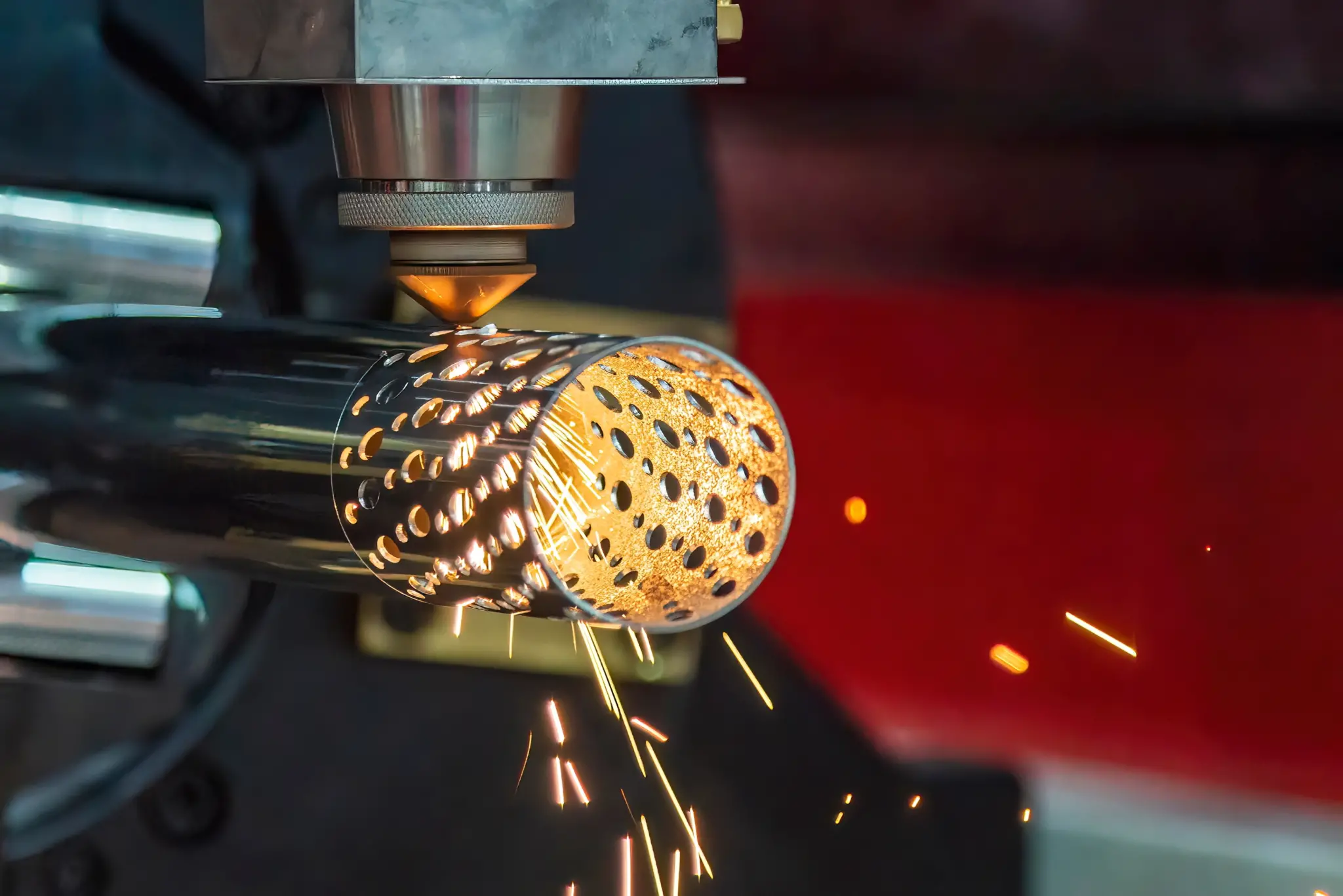
Some laser-cutting operations are choosing to develop their own nitrogen-generating capabilities to avoid the uncertainties of relying on outside vendors.
And now, some laser-cutting operators are taking compressed air a step further, using it to power their own nitrogen-generating equipment in-house.
After all, nitrogen makes up 78% of the earth’s atmosphere according to the National Oceanic and Atmospheric Administration, so separating it out of a compressed air flow requires mainly a nitrogen generator using membrane technology. Facility managers are finding they can get gas that is 99.9% pure, more than adequate for most laser-cutting operations.
Advantages of Generating Your Own Nitrogen
In-house nitrogen-generating equipment offers several benefits:
-
- Supply-chain issues. You can avoid the uncertainties of supply and delivery by developing your own nitrogen-making capabilities. The practice became mainstream after the COVID-19 pandemic, as facilities found themselves without the needed materials because of supply chain issues.
- Cost. After the initial investment, laser-cutting operations save as much as 80% of their nitrogen costs with a two-year payback.
- Space savings. It usually takes a lot of dedicated space to store the bottles of nitrogen you’ll need to ensure a steady supply.
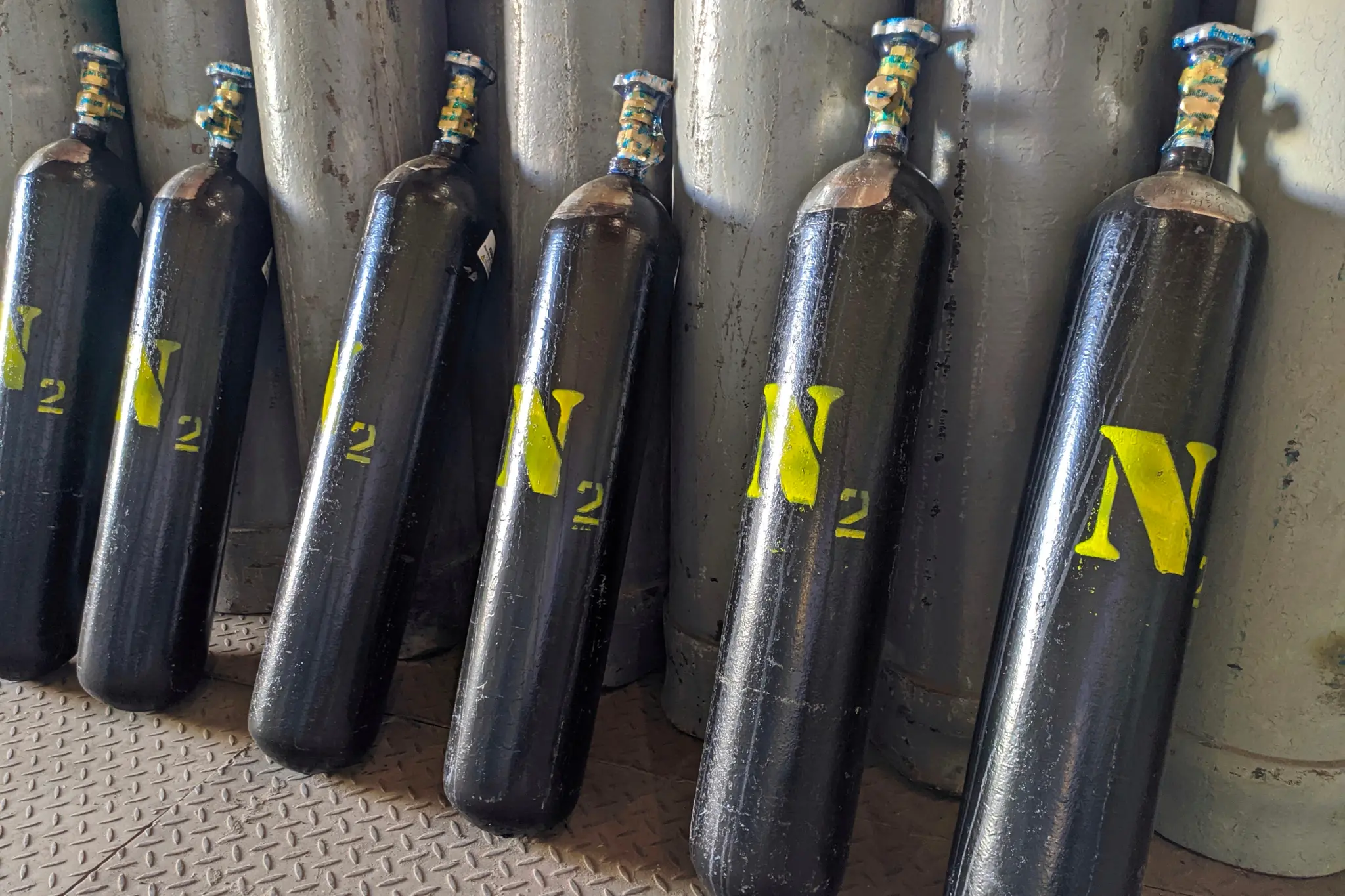
It may take a lot of dedicated space to store enough nitrogen to meet your needs. That’s why so many laser-cutting operations have decided to make their own nitrogen.
-
- Quality. Most operators find it easy to establish and set the level of purity they need for their particular tasks.
- Safety. You avoid the risks associated with handling and storing high-pressure cylinders.
- Sustainability. Generating your own nitrogen is an energy-saving solution that reduces waste. As a result, it has less environmental impact than traditional tank delivery and storage.
- Steady supply. Facilities with in-house, 24-7 nitrogen-generating facility don’t have to worry about delays, bad weather, delivery problems, storage or safety.
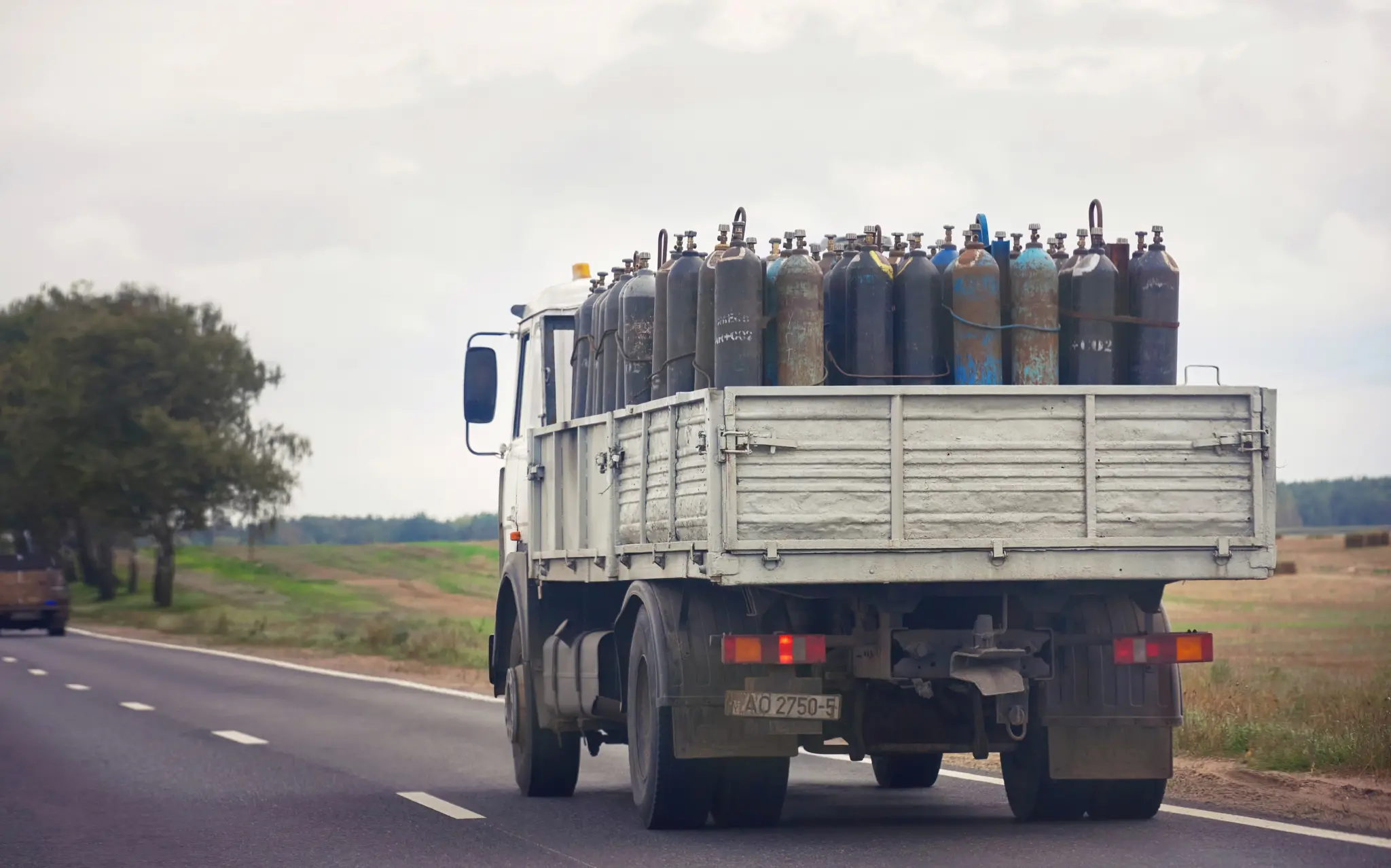
Having your own generating capacity may mean you don’t have to worry about bad weather, delays or supply chain issues disrupting your supply of laser-cutting gases.
-
- Hassle. Having your own nitrogen-generating capacity in-house will eliminate the need to monitor inventory and schedule deliveries. Or the need to find a second source if your primary supplier experiences problems.
- Hassle. Having your own nitrogen-generating capacity in-house will eliminate the need to monitor inventory and schedule deliveries. Or the need to find a second source if your primary supplier experiences problems.
How Nitrogen Generation Works
There are two main processes used most often to generate nitrogen:
-
- Membrane Generation, in which compressed air enters the generator and passes into membranes that contain a bundle of hollow fibers with holes small enough to allow the oxygen, carbon dioxide and water vapor in the air to diffuse through the fiber walls and escape. It thus separates the nitrogen from the rest of the air. Because some of the air volume is being removed, a 100-CFM flow of air is reduced to 50-60 CFM. So, you must size your system appropriately to deliver the amount of nitrogen you need.
- Pressure Swing Adsorption (PSA), which uses a carbon molecular sieve (CMS) to remove oxygen and other trace gasses from pretreated compressed air. The system has two towers with one purifying the compressed air while the other tower regenerates, allowing the oxygen and trace gasses to be removed. The process then reverses. The CMS has a much narrower range of pore openings than ordinary activated carbons, allowing it to capture the smaller oxygen molecules while the nitrogen passes through.
Most applications use the PSA method, because it produces nitrogen of higher purity and can handle a wider range of CFM.
Getting Started
Your compressed air professional can be a great help in determining the feasibility of a nitrogen generator for your operation. They can work with you to measure the amount of nitrogen you are using and estimate what level of capacity you will need to generate. They will work with you to calculate the flow of nitrogen required, the number of laser-cutting machines and the percentage of times those machines are in operation. Sizing is a specific concern.
Sizing
Suppose you have ten tools that all require 5 CFM of flow. Many facility managers quite logically conclude that they then need 50 CFM of flow. But that’s much more than necessary.
The reason is the “use factor,” which accounts for the fact that the ten tools are usually not working at once. Some, admittedly, are in continuous use. But others are “intermittent” at best.
So rather than needing the entire 50 CFM mentioned above, you only need 10 CFM. You can find a more detailed discussion of use factor for compressed air in general in our blog post, “What Type of Commercial Air Compressor Does an Auto Shop Need?”

Your compressed air consultant can help you assess whether a nitrogen-generating capability will be cost-effective for your operation.
The first step is usually an audit, where one of our local experts will assess how much storage you have, how much nitrogen you use per shift and how often you’re getting refills from your supplier. The goal will be to determine how many CFMs of nitrogen you need.
An audit will also help you take a long view of your operation, considering two key options:
-
- Extending your existing system. Focusing on the specific problem to solve, you may not be thinking of the compressed air system serving other parts of your plant. Tapping into your existing compressed air system may well identify unused capacity and be cost-effective.
- Point-of-use application. Depending on your plant layout, developing a stand-alone nitrogen generating capability may make the most sense. Depending on your needs, you may want to consider our KRSB belt-drive or our KRSD single-stage, direct-drive rotary screw air compressors. You probably will need a booster compressor to achieve the nitrogen pressure you need to cut harder materials like steel.
Maintenance Is Critical
One of the most expensive parts of the nitrogen-generating process is the membrane that removes the non-nitrogen materials from the air flow.
The higher the quality of the compressed air entering the generator, the fewer contaminants like dust, dirt and debris the system must remove. If you fail to remove those contaminants, you’ll have to replace the membrane more often, incurring additional expense.
It’s thus essential to make sure your compressed air system is being properly maintained so that it delivers high-quality air, free of liquid water. Filters are critical. Clogged filters will impede and eventually block airflow, causing energy loss that is both unnecessary and avoidable. As a result, we recommend:
-
- Checking the differential pressure in inline compressed air filters
- Regular cleaning of intake vents
- Checking and cleaning inlet air filters
- Inspecting and cleaning your heat exchangers based on your environment
And with dryers, you’ll want to ensure that drains and traps are clear and open.
Local Help
As mentioned above, Kaishan USA works with a nationwide network of independent distributors, who can provide on-site help and consultation as needed. These factory-trained industrial air compressor experts can help you assess your needs and determine if developing your own nitrogen-generating capabilities would be cost-effective. And, if you decide to move forward, they can help you set up, operate and maintain your system or handle any other issues related to your air compressor system. They have staff members skilled in all aspects of compressed air technology.
Key Takeaways
-
- Industrial air compressors help create the cutting gases that remove smoke and cutting debris from the laser beam’s path or the operator’s sight line.
- Many operations use nitrogen or oxygen, but some facilities are turning toward compressed air as a cutting gas.
- Some laser-cutting operators purchase their own nitrogen-generating equipment to extract nitrogen from compressed air flow.
- Generating your own nitrogen can help you eliminate supply chain issues, reduce costs, save space and control quality.
- Maintenance of the system is critical.
- An audit by a compressed air professional can help you determine if it is cost-effective to generate your own nitrogen.
Let Us Help
Using an industrial air compressor to generate your own nitrogen to support laser cutting can be a cost-effective solution to supply chain issues. If you need help evaluating the potential savings in your operation, get in touch with the experts at Kaishan. Contact us today.
Random stat or
customer quote
textXXtext
text

